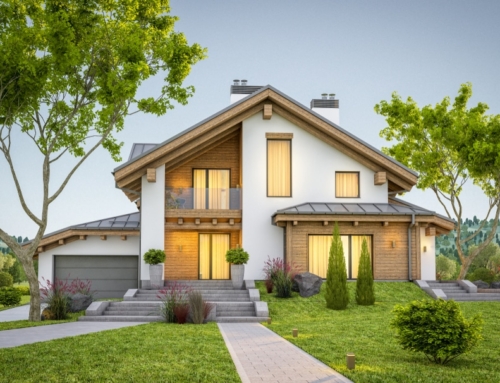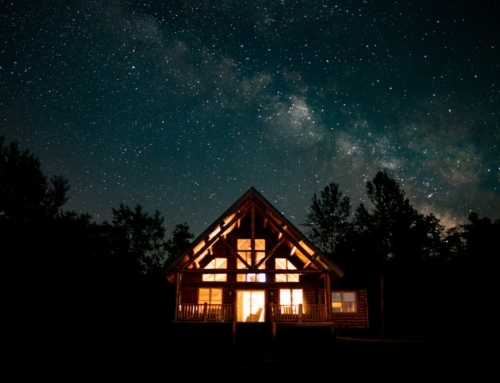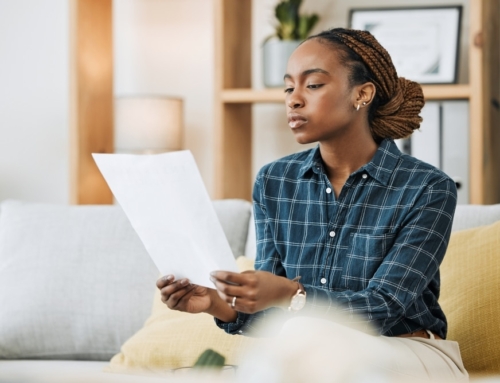When you’re purchasing something relatively inexpensive, like groceries, underwear, or even light bulbs, it’s easy to shop around and find the best deal.
After all, an orange is an orange, and a package of Fruit-of-the-Loom briefs is the same no matter whether you buy it at your local department store or Wal-Mart.
It’s even easy to price-shop for a bigger item, like a car. You can go online and find out what the dealer paid for the car, and then price shop until you find a dealer willing to give it to you for the price you want to pay.
But when it comes to buying a house, it’s difficult to shop around for the best deal. Why? Each house is different, and neighborhoods vary block by block. And if that weren’t tough enough, market conditions can change on a whim.
If the market is tight, and there aren’t enough homes for all of the buyers who want them, you could find yourself bidding against a dozen other home buyers for the same property. That’s just going to drive prices up. If the market is slow, and there are more homes than interested buyers, prices will fall.
When prices have risen dramatically over a long period of time, home buyers often find themselves wondering those prices are going to come down. Those unfortunate home buyers who bought at the top of the market in Southern California or the New England states in 1988 woke up in 1989 to find their property had lost half its value. (It took a decade for many of those homes to reach their 1988 values; some folks who had to sell took huge losses.)
So how do you protect yourself?
-
Buy a home in a great school district. Many studies have shown that homes located in excellent school districts tend to appreciate faster than homes located in mediocre school districts.
-
Look for a good neighborhood with good housing stock, shopping, transportation options and a variety of recreational activities. Fortunately, good school districts tend to incorporate good neighborhoods.
-
Buy the smallest home on the block. If you can’t afford the home of your dreams in the neighborhood of your dreams, it’s often better to buy a smaller home that you can fix up in your dream neighborhood. If you find a small home on a block with bigger homes, and the small house has the same size lot, you’ll probably be able to expand the house later as your income and budget expands. (Before you buy, check to make sure you don’t run into future zoning problems with your local planning department.)
-
Buy a fixer-upper. The best way to build in value is to fix up a home in a neighborhood where most of the other homes are already fixed up and selling at a premium. Every day, people buy homes for, say, $150,000 on a block of $400,000 homes, spend another $150,000 to fix it up and end up with a profit of $100,000.
-
Buy a multi-unit property. If housing is scarce, it’s a good bet that there’s high demand in the rental market as well. If you find a property that has 2 to 4 units in it, you may be able to live in one of the units and use the income from the other unit to help pay the mortgage on the property. By leveraging your down payment dollars with rental income, you should be able to purchase a larger, more expensive property.
A final thought: Choosing the best home doesn’t just mean finding the right house in the right neighborhood at the right price. It also means choosing the right financing for this home.
Unless you’re planning to hold onto this property (and this mortgage) for 30 years, or something close to that, there’s no need to choose a 30-year loan to finance your purchase. With a 30-year loan, you’re paying for stability in the loan rate that you don’t need if you’re only going to stay 5 to 7 years.
So be sure to consider an adjustable rate mortgage (ARM), a two-step loan, or even a 15-year fixed rate mortgage. Not only will you be making a good investment, but you’ll be saving money as you pay for it as well.






Leave A Comment